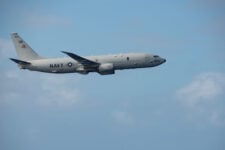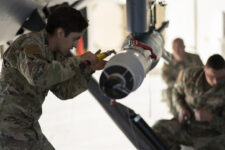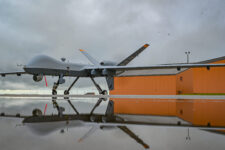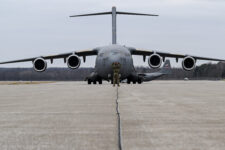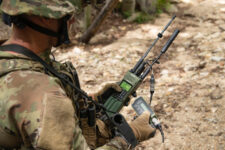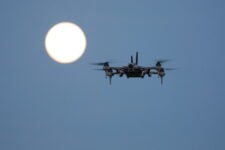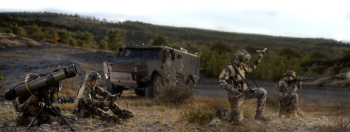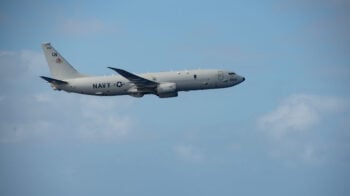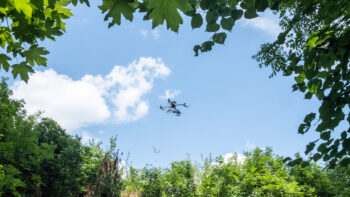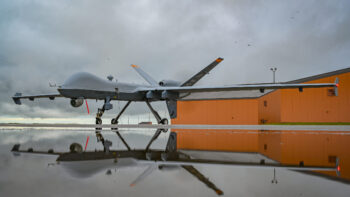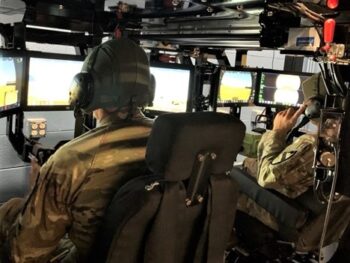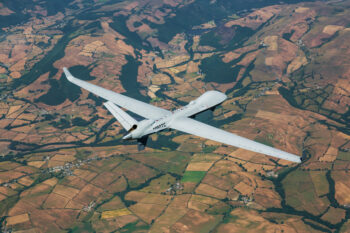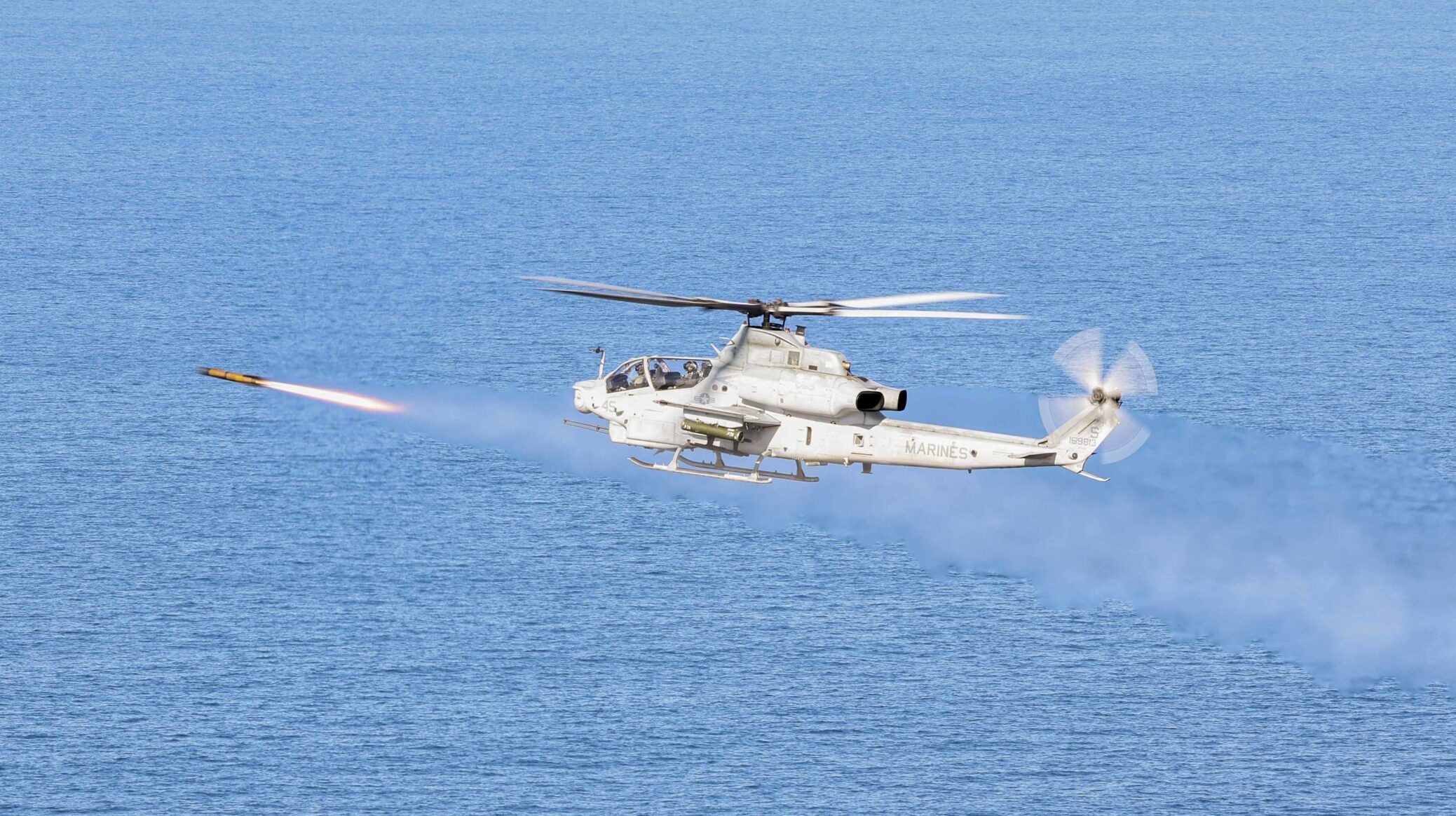
US Marines with Marine Light Attack Helicopter Squadron 369, Marine Aircraft Group (MAG) 39, 3rd Marine Aircraft Wing (MAW), fire an AGM-179 Joint Air-to-Ground Missile at a moving maritime target from an AH-1Z Viper during exercise Steel Knight 23, over the Pacific Ocean, Dec. 7, 2022. (US Marine Corps photo by Sgt. Samuel Fletcher)
WASHINGTON — The US State Department today cleared the potential sale of thousands of missiles to NATO allies Finland, Lithuania and the United Kingdom, with a combined potential price tag of $1.55 billion.
The three separate arms packages were announced on the website of the Defense Security Cooperation Agency (DSCA). Announcements made by DSCA are not final, as Congress can still weigh in and oppose the sale, though that is almost certainly not going to happen with three NATO nations. Importantly, final quantities and dollar totals can shift during negotiations.
The largest package involves the UK buying 3,000 AGM-179A Joint Air-to-Ground missiles for an estimated $957.4 million. The weapon is likely for use on Britain’s fleet of AH-64E Apaches. Earlier this year, the US Army and manufacturer Lockheed Martin inked a deal that could be worth up to $4.5 billion over four years for procurement of both the JAGM and Hellfire missile.
Finland’s deal would cover procurement of up to 150 AGM-88G Advanced Anti-Radiation Guided Missiles-Extended Range (AARGM-ERs), with an estimated $500 million cost, produced by Northop Grumman. The missiles, designed to target radars or transmitters, are not currently in use by Finland. However, the Dutch earlier this year announced plans to buy AARGM-ER to equip on its fleet of F-35s, which Finland also plans to operate.
Finally, Lithuania seeks to buy 36 AIM-120C-8 Advanced Medium Range Air-to-Air Missiles (AMRAAM) for $100 million. Notably, the DSCA announcement says the weapons are for use with the National Advanced Surface-to-Air Missile System (NASAMS) air defense system — something Lithuania in June announced it is buying with the specific purpose of transferring the systems to Ukraine. Work will be done by Raytheon.
DSCA does not announce delivery timelines, so it is unclear when these weapons will actually get to their destinations — especially given the stress the munitions industrial base finds itself under since Russia’s February 2022 invasion of Ukraine.
P-8 LRASM testing expected to wrap this summer, Boeing official says
Boeing will also soon begin flight testing a multimission pod developed with internal funds, according to company official Jon Spore.
